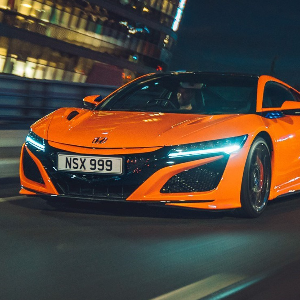
Renault returns with a new Captur that sticks to a winning formula.
When the original Renault Captur made its debut in 2013, it immediately became a sales success. It treaded the crossover tightrope perfectly for many people, with its raised design, attractive if a little vanilla styling and a decent offering of engines and equipment. You could also personalise it more than much of the competition. It didn’t bother with heavier and more expensive all-wheel-drive systems, Renault knew its audience, and none of them wanted to take to the mountain trails.
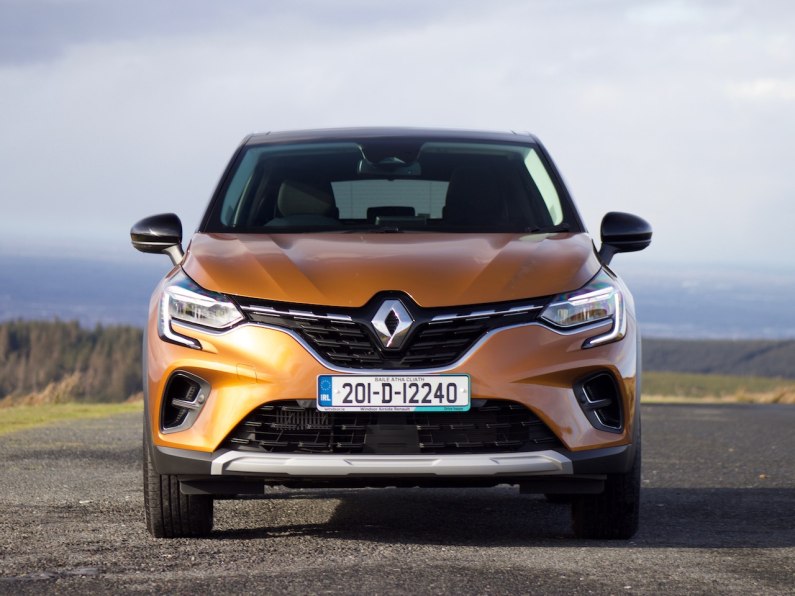
So with such a winning formula, Renault didn’t alter the recipe for this second-generation Captur, though it has made it a far more appealing car to look at. The styling apes what we’ve already seen in the latest Renault Clio, and it does now have more of a rugged SUV look. That is especially true in this higher spec S-Edition model that gets hard-wearing black plastic surrounds that help to lift the car off the ground visually and metallic looking front and rear bash plates. They’re just for looks mind so best avoid the rally stages on the school run.
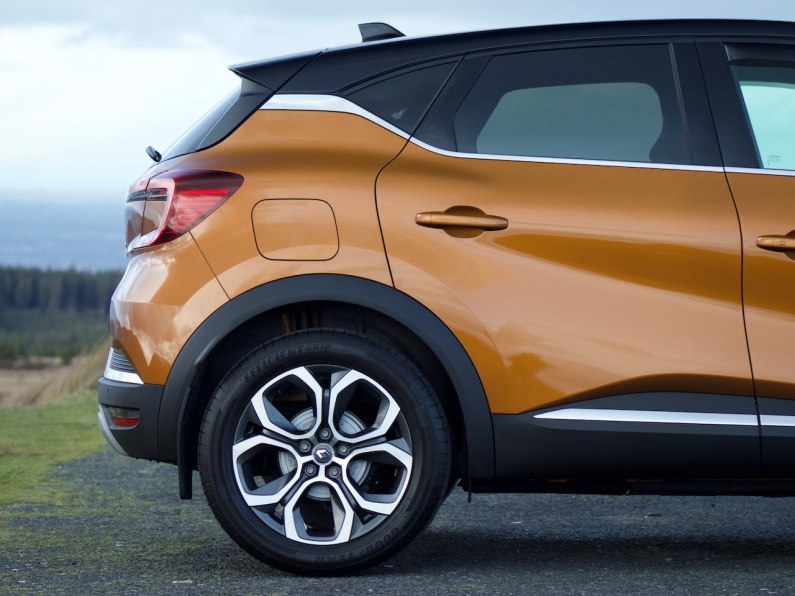
The Desert Orange paintwork isn’t for the shy retiring type, but in combination with the gloss black roof it stands out. Optional 18-inch ‘Pasadena’ diamond cut wheels round off the look. I’m less sure about the swathes of matching orange upholstery inside the cabin, but don’t worry, it isn’t standard.
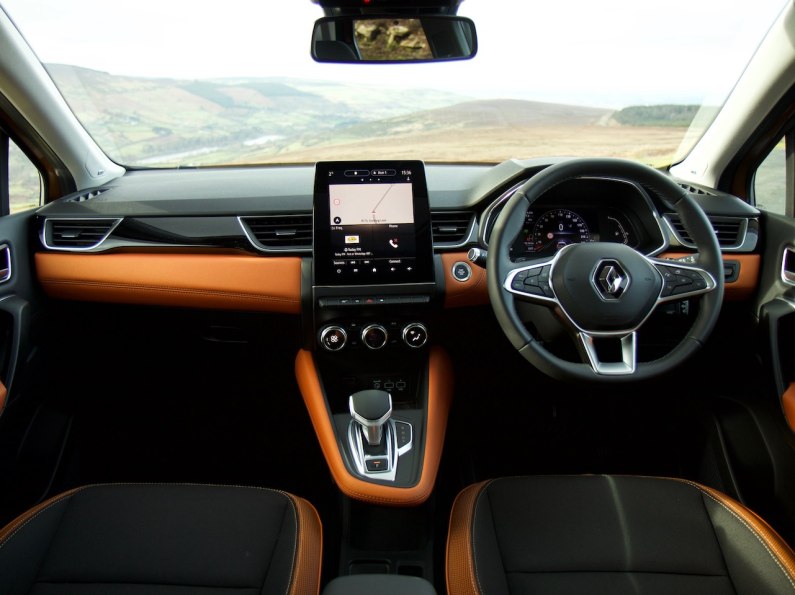
Credit to Renault’s designers is due here as the cabin is a big step up in quality when you compare it to the previous model. The button controls on the multifunction steering wheel is an improvement, while the 7-inch digital instrument display is clear and easy to read. The setup of the centre console in cars equipped with the automatic transmission leaves the sculpted shift lever on a floating section that allows for more storage space underneath. That lever is the same design as the electric Renault Zoe land it looks smart but feels a bit cheap when you use it. However, the materials employed throughout the rest of the cabin are nice, with plenty of soft-touch surfaces too.
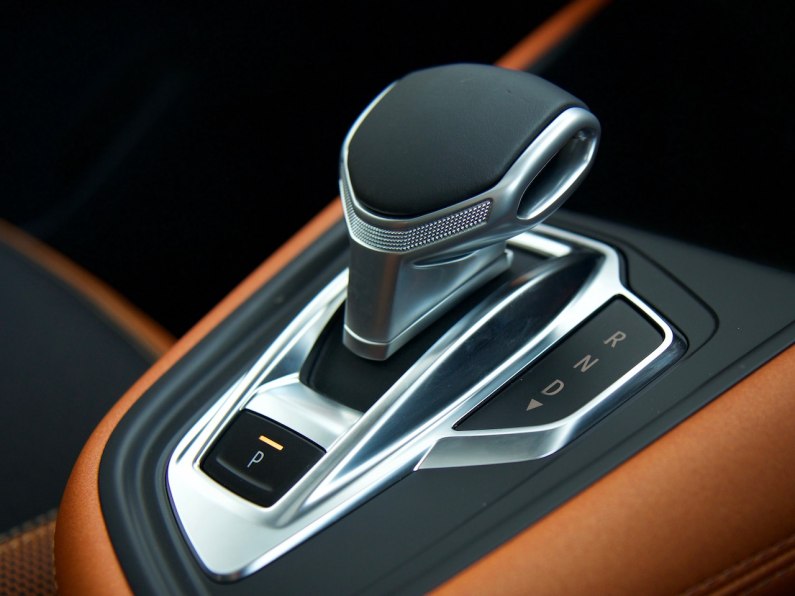
Better still is the portrait style touchscreen system that looks like Renault has installed an iPad on the dashboard. This 9.3-inch display is the largest available in the Captur, with other models receiving a 7-inch unit. It’s responsive and works much better than more recent attempts.
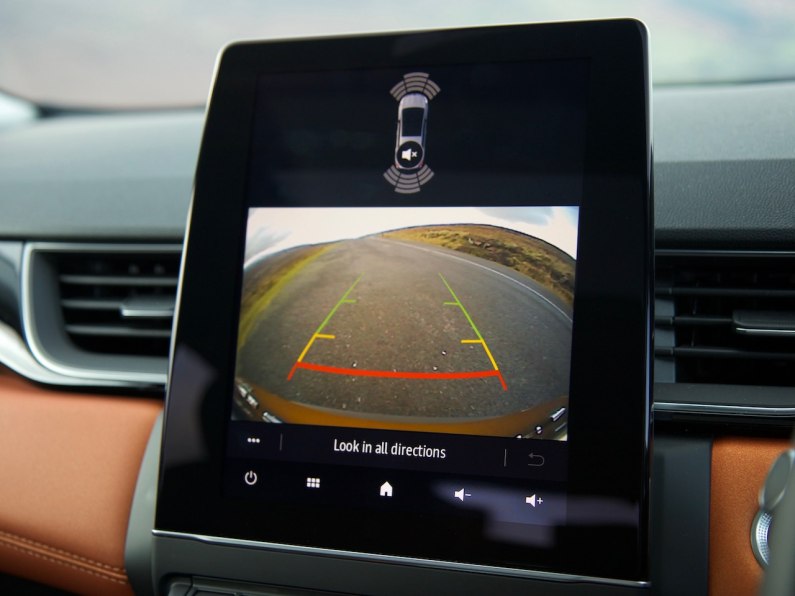
The positive improvements continue throughout the rest of the cabin and in the rear Renault has managed to increase passenger legroom by 17mm. It is possible to slide the rear seats fore and aft by as much as 160mm. This functionality allows owners to choose between having the most rear legroom available or slide the seats forward to increase the boot capacity. In the case of the latter that puts the cargo volume at 536 litres. When the seatbacks are folded down, the Captur can swallow up to 1,334 litres of stuff. In other words that’s plenty big enough.
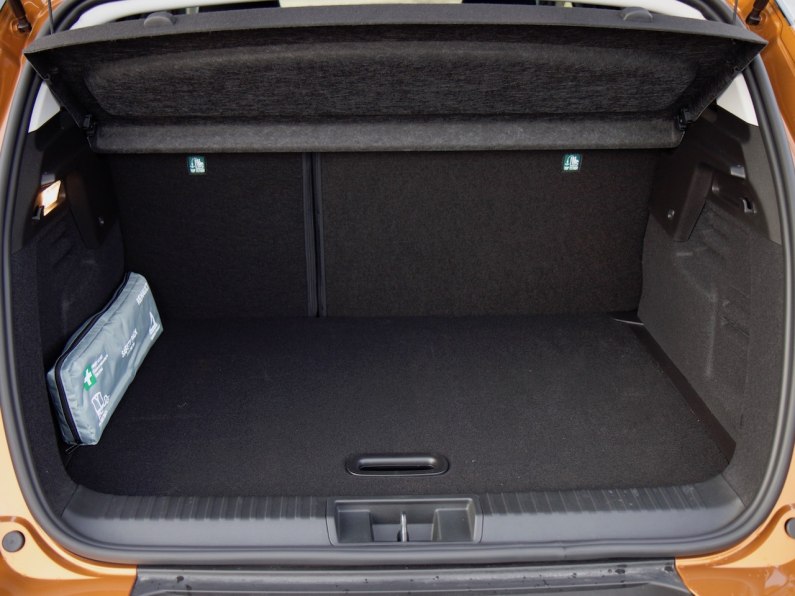
It probably won’t come as a major shock to you to read that the Renault Captur isn’t the pinnacle of dynamic automotive engineering, but to be fair it doesn’t set out to be either. As crossovers go the Captur drives just fine and is unlikely to cause much criticism from owners. The 1.3-litre turbocharged four-cylinder petrol engine produces adequate power for a car of this size, and its extra performance makes it better suited for those who do more motorway mileage but don’t want to drive a diesel.
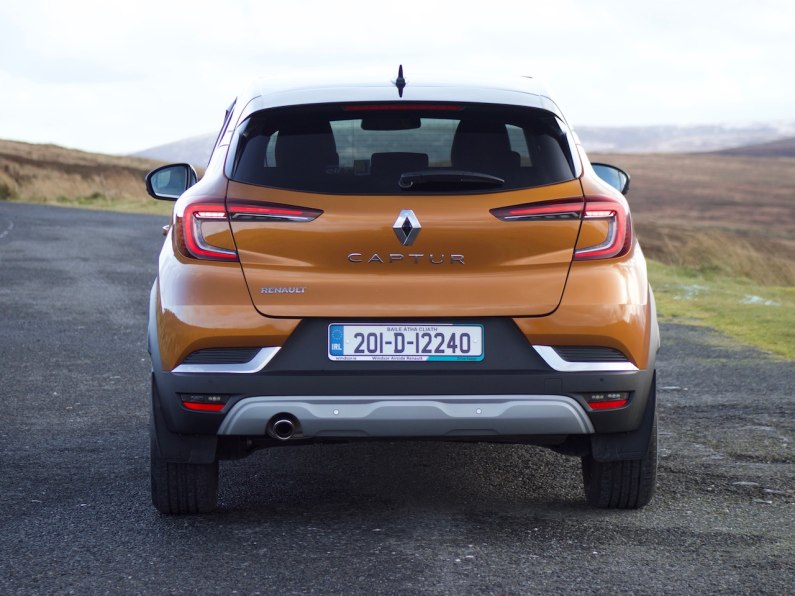
If you’re mostly undertaking short trips, it may also be worth considering the smaller 1.0-litre three-cylinder petrol engine. Despite what you may think about its size, this engine suits the Captur well and is every bit as engaging to drive. Renault is also adding a plug-in hybrid model to the Captur range with a battery-only driving range of up to 31 miles and low emissions of 33-36g/km of CO2, although it will be one of the more expensive versions.
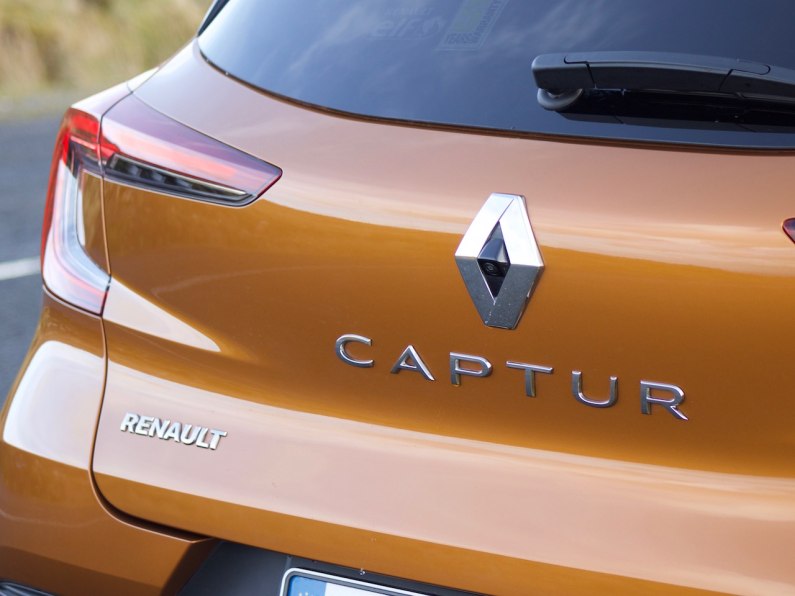
The seven-speed automatic transmission operates smoothly, for the most part, although occasionally it can become a bit confused when to shift down. As smart as those 18-inch alloy wheels look parked outside the school gates, sticking with a size down should do wonders for the ride comfort. Speed humps aren’t much of an issue, and the Renault settles down at higher speeds to deliver a mostly comfortable ride.
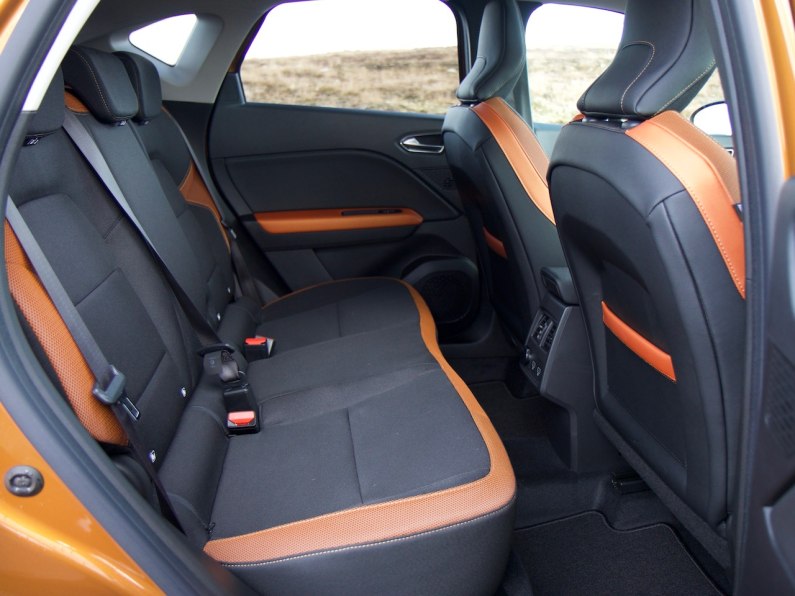
When you opt for this S-Edition trim, Renault does chuck in a fair bit of kit, and on the driver assistance front, it comes with almost everything you would want. Standard equipment includes cruise control with a speed limiter function, lane departure warning with lane keep assist helping to keep you between the lines. Front and rear parking sensors plus a reversing camera as well as a blind spot monitor and traffic sign recognition to help you avoid those speeding fines!
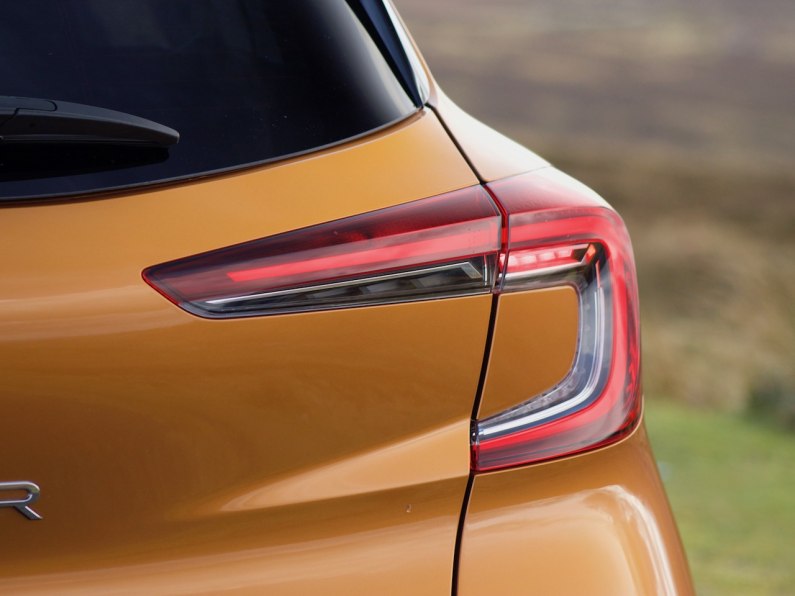
One thing Renault could do with improving is ditching the bulky key card that it uses for its cars. Yes, keyless entry and engine start is a handy function, but with the Captur (just as you are with other models like the Renault Clio and Koleos) you still have this swollen key card to carry around and it too thick to leave in a wallet or purse.
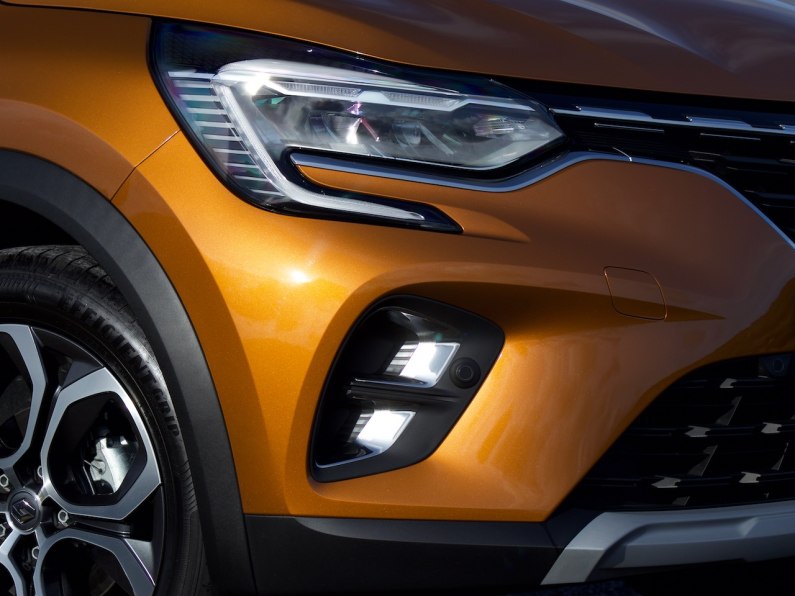
With this latest Renault Captur, the French brand has taken a proven winning formula and tweaked it just enough to make it better in almost every way. It nails the practical stuff and its design is now every bit as sharp as its rivals.
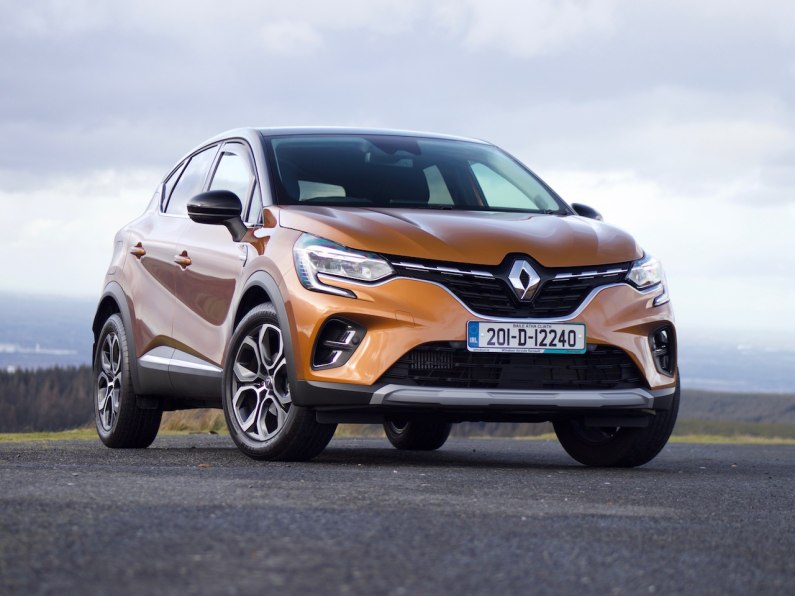
Model: Renault Captur S-Edition TCe 130 Auto
Price: £25,605
Engine: 1.3-litre four-cylinder petrol
Power: 128bhp
Torque: 240Nm
0-62mph: 9.6 seconds
Max speed: 120mph
Range: 43.5-44.8 mpg
CO2: 141-148g/km
